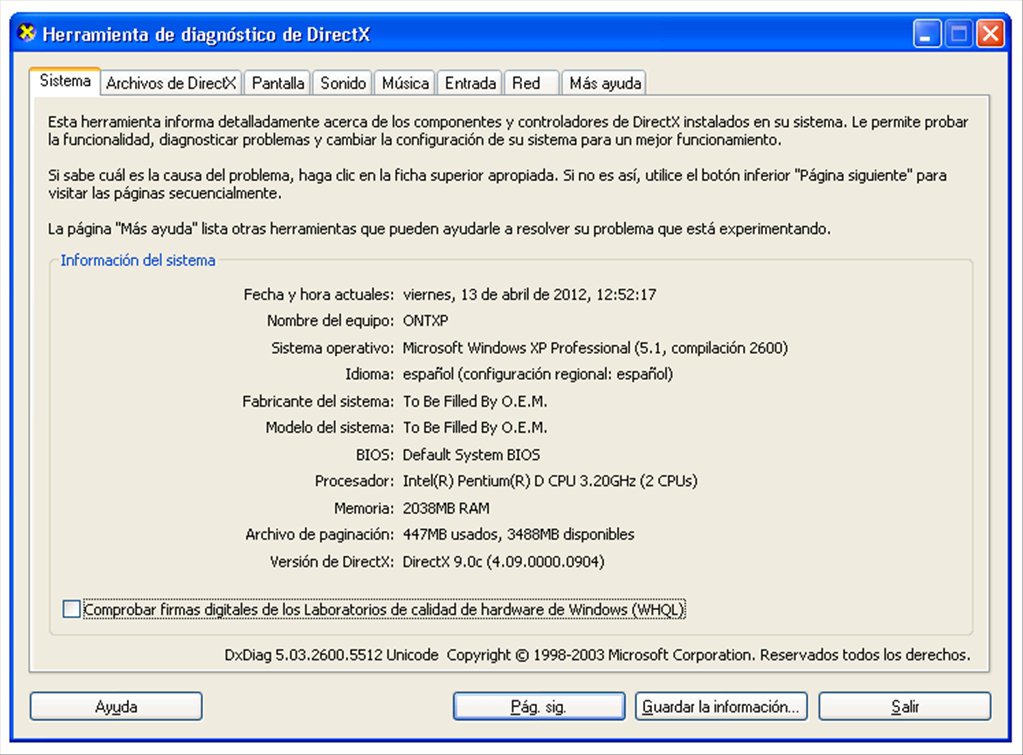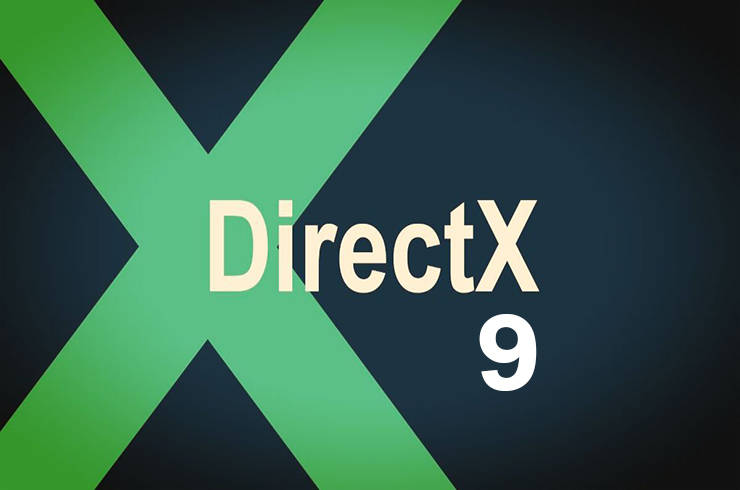

A Capcom representative told us that the DirectX 10 improvements primarily enhanced performance by up to "10 to 20 percent" through the use of "geometry shaders, depth resolve, and stream output." That means that the Lost Planet demo is only using DirectX 10 to increase performance, not to produce advanced graphics effects. After failing to see any major graphical differences between the two versions, we asked Capcom about what makes the DirectX 10 version special. Shadows looked slightly better in DirectX 10, but that's only because we could change the shadows setting to high, whereas in DirectX 9 we could only use the medium setting. The game looks great in both DirectX 9 and 10, but we couldn't tell much of a difference between the two versions. The white environment can reflect blinding sunlight, while fancy particle systems toss up tufts of snow and ice.


The stark, frigid world makes for a great backdrop to highlight the benefits of high dynamic range lighting. As Wayne the snow pirate, you make your way through snow-ravaged landscapes to avenge the death of your father. The game takes place on an icy planet filled with monsters, pirates, big guns, and even bigger monsters. Lost Planet originally came out for the Xbox 360 in January of 2007. We initially expected Crysis or Company of Heroes, or maybe even Supreme Commander (which is no longer coming), to be the first game to introduce us to Windows Vista's DirectX 10 world, but patch delays and ever-moving release windows have let Lost Planet, a port of an Xbox 360 game, grab the spotlight. Windows Vista has been available for almost half a year, and we've been wasting our GeForce 8800 GTX's precious GPU performance on pedestrian DirectX 9 games since last November. We've been waiting for the first DirectX 10-capable game to appear, anything really. By: Sarju Shah - Posted on Tuesday, May 22, 2007


 0 kommentar(er)
0 kommentar(er)
